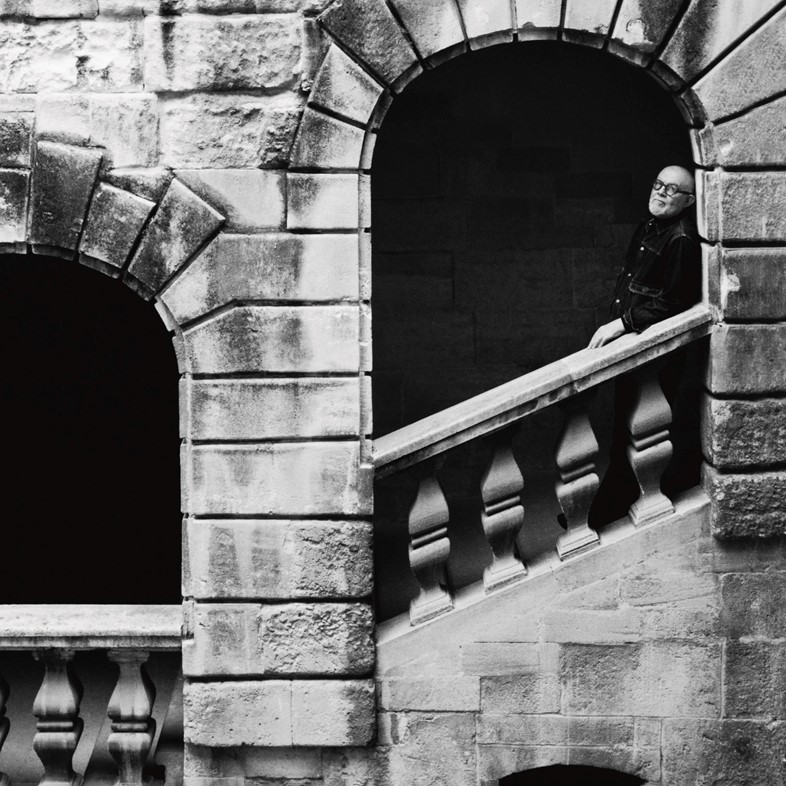In the latest issue of AnOther Magazine, the costume designer talks to Alexander Fury about the history of fashion
This article is taken from the Spring/Summer 2025 issue of AnOther Magazine:
“I didn’t want to be a couturier at first, I wanted to design for the stage. When I was a child I was drawn not to women’s fashion but the history of fashion. If I have had one thing in mind my whole life, it’s this utopian idea that the past can come back. When I arrived in Paris, I took history of art at the École du Louvre. I had to do a master’s of something and I proposed the turning back of fashion. My teacher was one of the most important historians of Caravaggio. He said, ‘I would much prefer you write about the colour in Italian painting.’ I didn’t finish.
“In 1960 my grandmother gave me a book on the history of costume. Every night I was learning, sketching, trying to understand. I was not only fascinated, I was totally obsessed. I even wrote my own history of costume when I was in the seventh grade. As a teenager I was totally pathetic, it was my only passion. My first pocket money, when I was ten, was spent on flea market magazines. When I was 15 and at college, I was pretending I was in 1930, depending on the magazines I found at the market – I was reading the news from that date.
“I think that fashion was contemporary until the end of the 18th century – before then, you have nothing inspired by the past. And as soon as Pompeii and Herculaneum were discovered, it begins. Neo-classical, neogothic, Empress Eugénie pretending to be a little bit 18th century. Dior said that he wanted to design the same things his mother was wearing, Saint Laurent was fascinated by his mother and the second world war. Nowadays, a new generation is looking at the Eighties and Nineties. I think we are fascinated as long as we didn’t wear it. There is always this impression that it’s a lost paradise – that the grass was greener.”
Christian Lacroix’s love of fashion history has helped write him into it. Rising to fame in the early 1980s as the designer of Jean Patou, he introduced a playful postmodern revival of archaic costume elements, like bustles, crinolines and corsets, that served to revitalise both that dusty house and the staid institution of French haute couture more widely. It also shifted fashion on its axis: the puffball skirt characteristic of that era of excess came directly from his febrile and witty mind. With backing from Bernard Arnault, Lacroix launched his own house in 1987 – the first new couture maison since Ungaro in 1965 – to a spectacular fanfare of publicity and excitement. Born in Arles, southern France, Lacroix created pieces with an unmistakably exuberant aesthetic characterised by that region’s 92 Spanish influences, hot colour and folk costume, with clashing prints, handiwork and telescoped historical references marking his label from inception to its closure in 2009. In retrospect, Lacroix counters that he was never really a couturier, but rather a costume designer, a passion he first explored in 1985, and which he today devotes his creative endeavours to. He designed the costumes for the production of Bizet’s Carmen performed at the Opéra Royal de Versailles in January; in March he is costuming Puccini’s La fanciulla del West in Hamburg; and his 40th anniversary as a costume designer will be celebrated in a major retrospective, Christian Lacroix et la scène, which opens in April at the National Centre of Stage Costume in Moulins, central France, and features more than 120 of his designs.
Hand-printing: Merrick d’Arcy-Irvine. Special thanks to Musée Réattu, Arles
This story features in the Spring/Summer 2025 issue of AnOther Magazine, which is on sale now.
